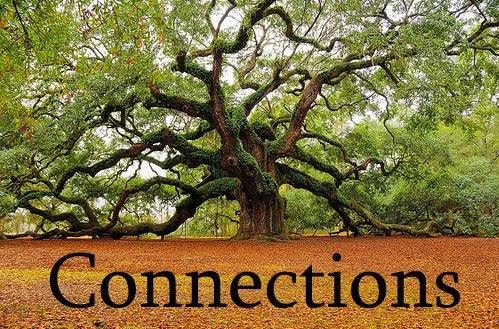One fabric stands out in the Bible—linen. In fact, it is mentioned 105 times. It is first mentioned at the end of Genesis when Pharaoh dressed his new second-in-command, Joseph, in fine linen (Gen. 41:42). It must have been the fabric of the wealthy.
The next time we see it is in Exodus, in the description of the tabernacle (chapters 25–27). The courtyard hangings, the “gate” to the courtyard, the “door” to the tabernacle, the curtains for walls inside the tabernacle, and the veil between the Holy Place and the Holy of Holies were all made of “fine woven linen.” God chooses only the best for His house, so linen must have been the best. Most of the garments for the priests were made of linen (Exod. 28). The one exception was the blue robe for the high priest, which was made of wool.
The child Samuel, who ministered in the tabernacle, and King David wore linen. After being promoted by the Persian king, Mordechai was dressed in linen, as well as the virtuous woman of Proverbs 31. Ezekiel and Daniel both had visions of a “man clothed in linen” (possibly the pre-mortal Jesus, representing His role as priest).
In Ezekiel 16, the prophet describes Israel as a baby left in a field and how God took her and raised her to be a beautiful woman. “Thus you were adorned with gold and silver, and your clothing was of fine linen, silk, and embroidered cloth…” (v.13a). Yeshua was wrapped in linen at His burial. In the book of Revelation, we learn that angels (15:6), the bride of Messiah (19:8), and the armies of heaven (19:14) are all dressed in linen, which, for believers, represents “the righteous acts of the saints.”
Some characteristics of linen might give us a hint of why God may have chosen it as His apparel for His holy ones and the cloth to adorn some of His holiest earthly items:
• It originated in Egypt and was used to wrap Egyptian mummies in because it symbolized light and purity and displayed wealth. It was expensive because of the labor intensive method of producing it. The Israelites took a supply of it with them from Egypt, which was used for the tabernacle (Exod. 25:4), and some of them may have learned how to make it from the Egyptians (Exod. 35:35).
• It has the ability to absorb and lose water rapidly. Thus, it is popular in warm climates, as it allows the body to breathe and is exceptionally cool, making it superior to cotton in this regard. Priests must have found it most comfortable while working around the heat of the sacrificial altar and especially in the desert during Israel’s 40 years of wandering.
• It is less likely to cling to the body when wet than other fabrics.
• It is made of flax, the strongest of vegetable fibers and two to three times stronger than cotton. Fishing nets, twine, and rope are also made from flax fibers.
• It is resistant to moths and carpet beetles, and thus lasts a long time. When the tomb of the Pharaoh Ramesses II, who died 1213 BC, was discovered in 1881, the linen wrappings were perfectly preserved!
Israel Teaching Letter April 2009

Donna, great post. I couldn't help but see a similarity between linen and ordinances, and jotted down a few notes on it. There is much more here than what I wrote, but this shows the general concepts.
ReplyDelete1. We too originate in Egypt (a symbol of the world). It was spread to other geographic areas, just as we have been asked to remove ourselves from the world yet still remain in it. As we do so, we gain light and purity, which is a symbol of wealth. For D&C 11:7 teaches "Behold, he that hath eternal life is rich." The linen may symbolize obedience to the ordinances and covenants that we make, for it is those ordinances that grant eternal life.
2. It is popular in warm climates, or where there is more heat. As we go through the heat "fires" (heat) of trials/tribulations and sacrifice, looking to the purity and light provided through the Atonement and ordinances allows us to be comfortable (and have comforters), during our journey here in the wilderness of sin.
3. When wet (water is often a symbol of revelation) it is less likely to cling to the body, or flesh. In other words, it is able to remain separate from, or overcomes, the flesh just as we have been asked to do when putting off our natural man.
4. The ordinances are based upon strong fibers, or principles of the gospel. It is through these principles that our testimony develops and gets stronger and stronger (as is flax).
5. Through proper observance of ordinances and principles of the gospel, we too can resist the "moths and beetles", or the pesty thorns and things of life that are meant to "torment man" as we live out our earthly existence. Through doing so, we realize, that it is through the integrity to these covenants that we are able to be preserved from the world and overcome the spiritual death that is possible here.
Jennifer, thanks so much for sharing these observations. I like the way you think!
ReplyDelete